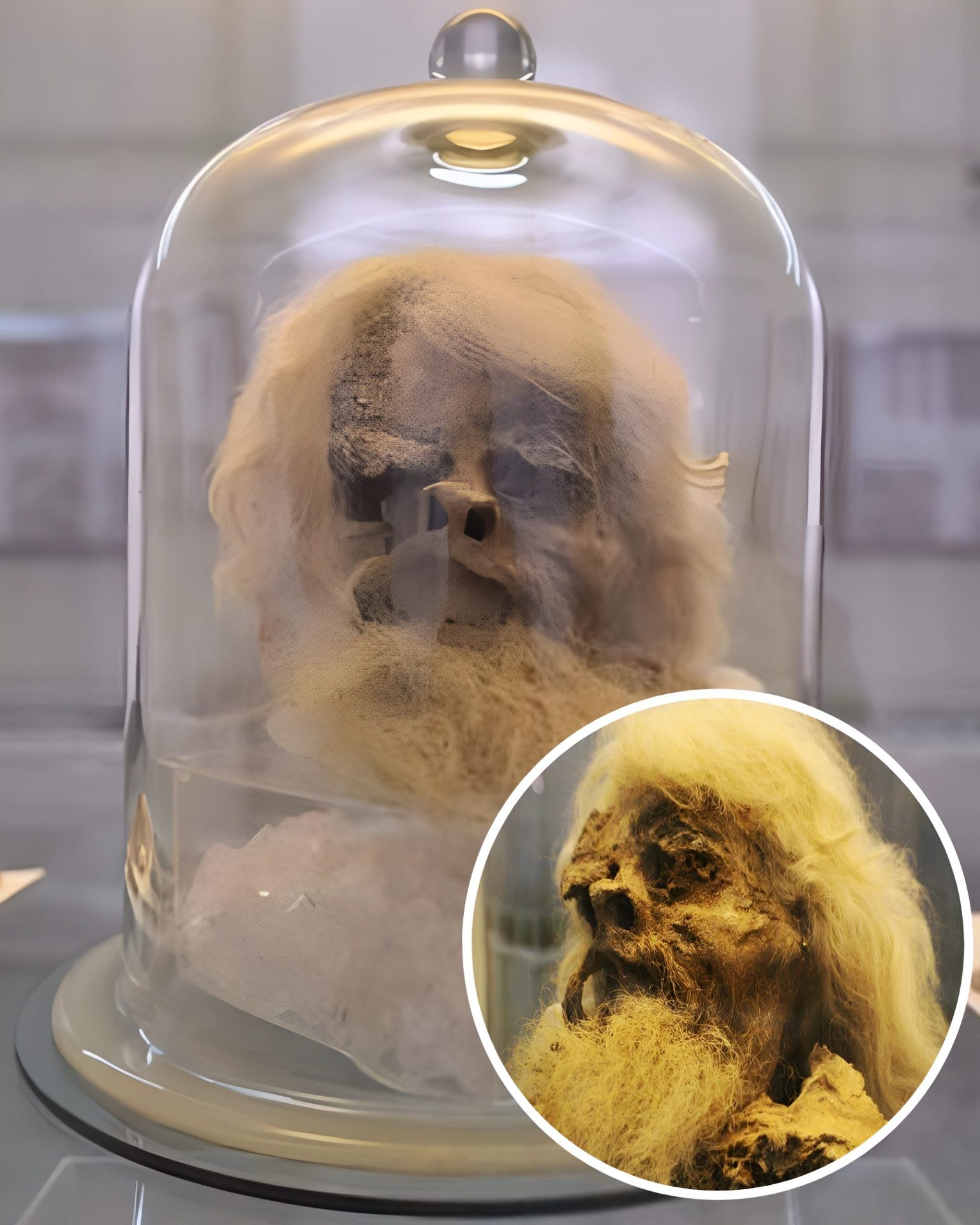In the annals of human history, the ancient Sumerians stand out as pioneers of civilization, contributing significantly to fields such…. 
In the annals of human history, the ancient Sumerians stand out as pioneers of civilization, contributing significantly to fields such as writing, law, and mathematics. However, a recent discovery has unveiled yet another facet of their extraordinary intellectual prowess—their advanced knowledge of astronomy. A 5,500-year-old Sumerian star map, discovered in ancient Nineveh, has not only captivated the imaginations of archaeologists and historians but has also provided compelling evidence of the Sumerians’ sophisticated understanding of celestial events, particularly the Köfels’ impact event.

The Köfels’ impact event, estimated to have occurred around 3,200 BCE, involved a catastrophic asteroid or comet impact near modern-day Austria. The event left a lasting mark on the landscape, forming the Köfelsite structure. What makes the Sumerian star map even more intriguing is its apparent depiction of this celestial occurrence, suggesting that the ancient Sumerians were not just casual observers of the night sky but keen astronomers who meticulously recorded significant cosmic events.
The ancient Sumerians, who inhabited the region of Mesopotamia (modern-day Iraq), were known for their cuneiform writing system and intricate clay tablets. Among these artifacts, the Sumerian star map discovered in Nineveh has become a focal point for researchers seeking to understand the depth of Sumerian astronomical knowledge. The map portrays constellations and celestial bodies with remarkable accuracy, prompting scholars to consider the possibility that the Sumerians were not only stargazers but also possessed an advanced understanding of celestial mechanics.
The most striking aspect of the Sumerian star map is its alignment with the Köfels’ impact event. The map appears to represent a celestial scene that correlates with the specific time and location of the impact, leading researchers to hypothesize that the Sumerians were not merely depicting random celestial patterns but were, in fact, chronicling a significant cosmic event.

The Sumerian star map challenges preconceived notions about ancient civilizations’ understanding of astronomy. Traditionally, it was believed that advanced astronomical knowledge emerged much later in history. However, this discovery forces a reevaluation of such assumptions, suggesting that ancient cultures like the Sumerians possessed a level of astronomical sophistication that has long been underestimated.
Furthermore, the Sumerian star map raises questions about the transmission of astronomical knowledge across ancient cultures. Did the Sumerians influence neighboring civilizations with their astronomical insights, or were they part of a broader network of shared celestial knowledge?
The 5,500-year-old Sumerian star map discovered in Nineveh unveils a hitherto unknown chapter in the history of astronomy. The depiction of the Köfels’ impact event not only showcases the Sumerians’ keen observational skills but also challenges our understanding of the development of ancient astronomical knowledge. As archaeologists continue to delve into the mysteries of the cosmos through the lens of ancient artifacts, the Sumerian star map serves as a beacon, illuminating the intellectual brilliance of a civilization that thrived in the cradle of human civilization.





